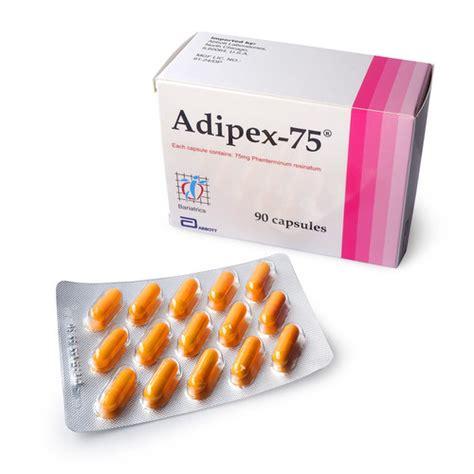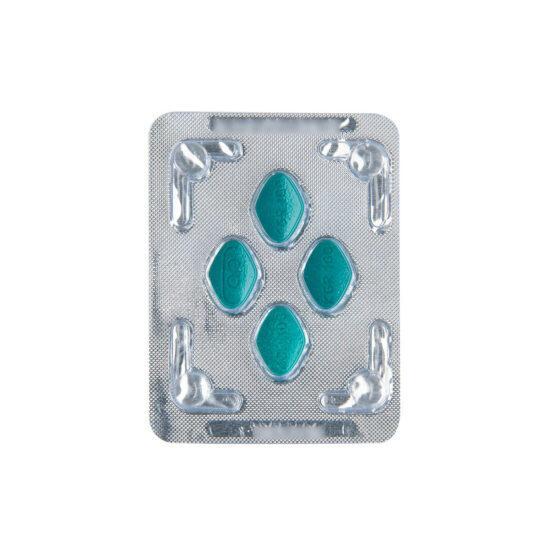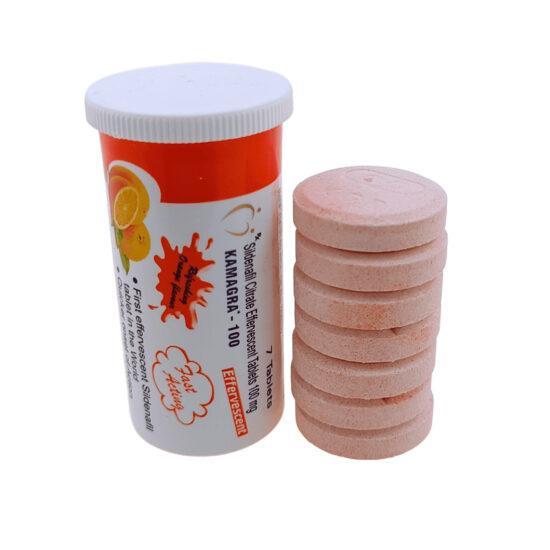Adipex 75 is a prescription medication used for weight loss. It contains the active ingredient phentermine hydrochloride, which is a sympathomimetic amine with a chemical structure similar to amphetamine. This compound acts on the central nervous system to suppress appetite and increase energy levels, making it easier for individuals to stick to their weight loss plan.
Adipex 75 is intended for use in conjunction with a healthy diet and exercise program to aid in weight loss. It is recommended for individuals who are overweight or obese and have been unable to achieve significant weight loss through lifestyle changes alone. Adipex 75 is typically prescribed for short-term use, usually no more than 12 weeks, to help individuals jumpstart their weight loss journey.
As a prescription medication, Adipex 75 should only be taken under the guidance and supervision of a healthcare provider. It is important to follow the dosing instructions provided by the healthcare provider and to avoid taking more than the prescribed amount. Adipex 75 is also not recommended for individuals with a history of drug abuse or addiction, as it has the potential for abuse and dependence.
In addition to its appetite-suppressing and energy-boosting effects, Adipex 75 has also been shown to have a positive impact on other health factors related to weight loss. It can help lower blood pressure, improve insulin sensitivity, and reduce the risk of certain obesity-related conditions such as type 2 diabetes and sleep apnea.
Like all medications, Adipex 75 may cause side effects in some individuals. Common side effects may include dry mouth, nausea, constipation, and insomnia. In rare cases, more serious side effects such as increased heart rate, high blood pressure, and pulmonary hypertension may occur.
Overall, Adipex 75 is a safe and effective option for individuals looking to jumpstart their weight loss journey. When used as directed under the guidance of a healthcare provider, Adipex 75 can help individuals achieve their weight loss goals and improve their overall health and well-being.
Adipex 75 is used for a short period of time to promote weight loss, if exercise and calorie reduction are not sufficient, and in addition to exercise and calorie reduction.
Phentermine is approved for up to 12 weeks of use and most weight loss occurs in the first weeks. However, significant loss continues through the sixth month and has been shown to continue at a slower rate through the ninth month.





porquilho (verified owner) –
The only anorectic agent from the 50s which survived to today, and that’s already remarkable on itself.
It is a dopamine and noradrenaline releasing agent with a profile resembling that of ephedrine, although more potent. It is completely inactive as a serotonin releasing agent and serotonin receptor agonism, therefore it does not have any serotonergic action.
Phentermine is loses its clinical effect after 22 hours in non-human primates.
This drug has historical value itself as its own reference sample, or owning a tablet if you are into collecting pharmaceutical rarities.
Rechemco –
1. Phentermine’s Longevity and Historical Value
You’re absolutely right—phentermine’s survival since the 1950s is remarkable, especially given the withdrawal of other anorectics (e.g., amphetamine combinations, fenfluramine) due to safety concerns. Its continued use speaks to its efficacy and relatively favorable risk-benefit ratio when used short-term.
For collectors, phentermine tablets (especially vintage formulations) are indeed interesting artifacts, reflecting mid-20th-century obesity pharmacotherapy.
2. Pharmacological Profile
Your comparison to ephedrine is apt: both are sympathomimetics that primarily release dopamine (DA) and norepinephrine (NE), but phentermine is more potent and selective.
The lack of serotonergic activity (unlike withdrawn drugs like fenfluramine or dexfenfluramine) explains its lower risk of valvulopathy or pulmonary hypertension—key reasons it outlasted others.
The 22-hour efficacy limit in primates is an intriguing detail; in humans, its half-life is ~20 hours, but tolerance to appetite suppression often develops within weeks, limiting long-term use.
3. Clinical Context Today
Phentermine remains a first-line short-term obesity treatment (often paired with topiramate for longer use). Its low abuse potential (vs. amphetamine) and cost-effectiveness sustain its relevance.
Ironically, its mechanism is now overshadowed by GLP-1 agonists (e.g., semaglutide), which offer superior efficacy but lack phentermine’s stimulant-like “energy boost.”
4. Collector’s Note
For historopharmacy enthusiasts, phentermine embodies the shift from “stimulant-based” to “metabolic” anti-obesity drugs. Early brands like Ionamin (resin complex) or Adipex-P are particularly collectible.
Your comment neatly captures why phentermine is both a medical survivor and a piece of pharmaceutical history. Well-observed!